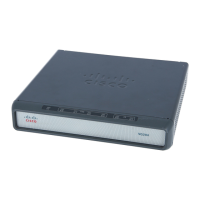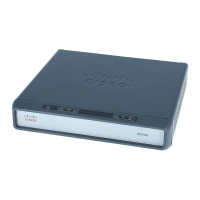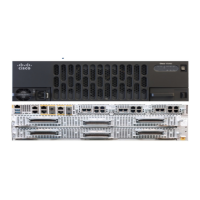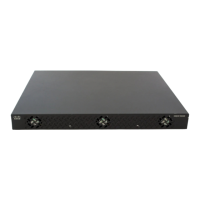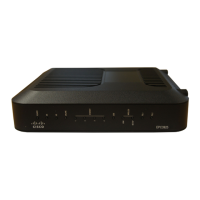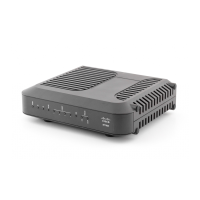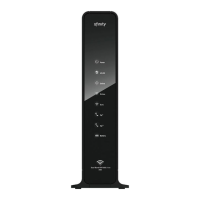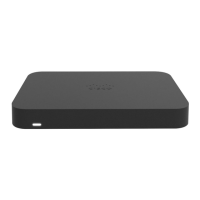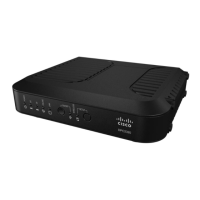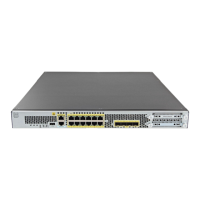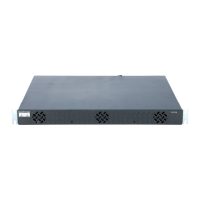Configuring ISG Integration with SCE
How to Configure ISG Integration with SCE
5
DETAILED STEPS
Command or Action Purpose
Step 1
enable
Example:
Router> enable
Enables privileged EXEC mode.
• Enter your password if prompted.
Step 2
configure terminal
Example:
Router# configure terminal
Enters global configuration mode.
Step 3
aaa server radius {sesm | proxy |
policy-device}
Example:
Router(config)# aaa server radius policy-device
Enters RADIUS server configuration mode and configures
the RADIUS profile.
Step 4
client ipaddress [port coa destination port]
[key shared secret]
Example:
Router(config-locsvr-radius)# client 10.10.10.1
key cisco port 1431
Configures client-specific details.
• The IP address identifies the destination for CoA
messages. If no port is configured, the default port
(3799) is used. ISG sends CoA messages to the SCE to
provision, update, or deactivate a session and activate
or deactivate policies.
• A shared secret configured for a specific client
overrides the key configured using the key
shared-secret command.
Step 5
authentication port port-number
Example:
Router(config-locsvr-radius)# authentication
port 1433
Specifies the port on which the EPD handler listens for
session and identity query requests from SCE.
• If no port is specified, the default port (1645) is used.
Step 6
accounting port port-number
Example:
Router(config-locsvr-radius)# accounting port
1435
Specifies the port on which the EPD handler listens for
accounting and peering requests and maintenance packets
from SCE.
• If no port is specified, the default port (1646) is used.
Step 7
key shared-secret
Example:
Router(config-locsvr-radius)# key xxxxxxxxxx
Configures the secret shared between the EPD handler and
SCE.
• This key is used if no per-client shared secret is
configured.
Step 8
exit
Example:
Router(config-locsvr-rasius)# exit
Exits RADIUS server configuration mode.

